AMERICAN MUSEUM OF NATURAL HISTORY WILL CELEBRATE DÍA DE MUERTOS
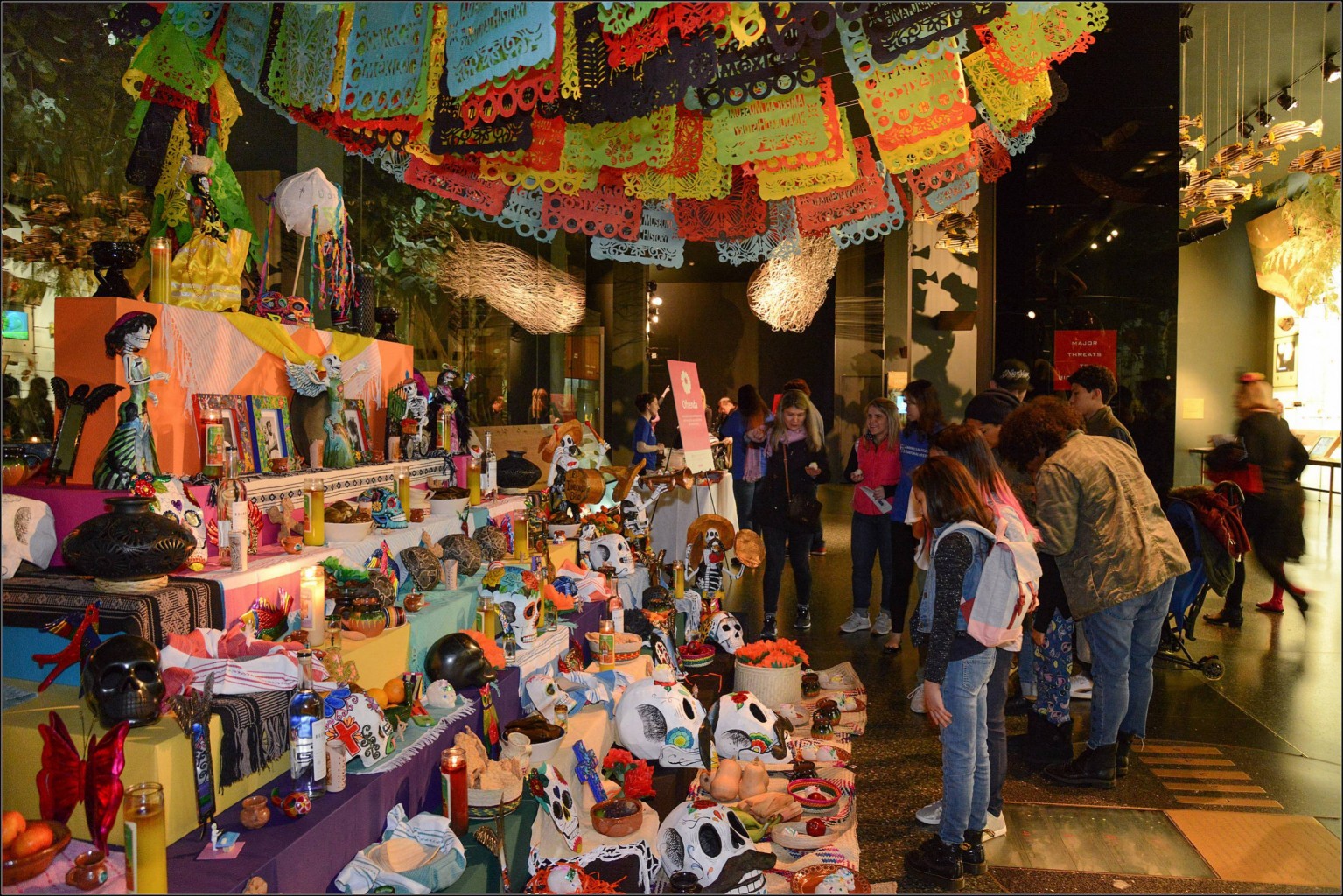
AMERICAN MUSEUM OF NATURAL HISTORY WILL CELEBRATE DÍA DE MUERTOS
On Saturday, November 2, the American Museum of Natural History will mark Día de Muertos with an unprecedented event that will immerse visitors in art, culture, and science to inspire and reenergize conversation and action to protect and sustain our planet’s diversity. Traditionally, Día de Muertos is a day to celebrate the lives of members of our family and community who have died. The Museum is celebrating five extinct species as a way to honor the lives of those animals who were once members of our vast biodiverse family on Earth.
The Irma and Paul Milstein Family Hall of Ocean Life will transform into the Día de Muertos festival featuring family-friendly altars dedicated to extinct animal species, performances by Mexican folk musicians and dance troupes, hands-on artisanal and scientific workshops, and a craft marketplace.
“We are always excited to bring forward the cultures of the world, and the chance to combine the Mexican tradition of Day of the Dead with the Museum’s educational efforts around biodiversity conservation is truly a one-of-a-kind opportunity for us,” said Bella Desai, director of public programs and exhibition education at the American Museum of Natural History. “The project is meant as an open invitation to the people of New York and beyond to not only learn about the rich culture of Mexico and Oaxaca, but also to discover new perspectives on biodiversity and extinction as well.”
Día de Muertos Background
Day of the Dead partly stems from the European Catholic liturgical calendar tradition of “All Saints Day” on November 1 and “All Souls Day” on November 2, marked with Masses. The Spanish brought this tradition to Mexico, where it blended with indigenous Mesoamerican rituals to become Día de Muertos.
Endemic to Oaxaca and other Mexican states, Día de Muertos incorporates elements of pre-Hispanic indigenous rituals, beliefs, and imagery into a unique festival that celebrates life and family. Some elements of Day of the Dead originate from ancient Mesoamerican societies, such as the Nahua, Maya, Zapotec, and Mixtec, among many others, where the dead were honored in burials that included offerings of flowers (cempasuchitl or marigolds), food, alcoholic drinks, amate paper, and copal incense.
Today, Día de Muertos continues its evolution, informed by contemporary and pop culture—and often offering cultural critiques—and is celebrated throughout Mexico and many parts of Latin America and the world. In recent decades, another form of celebration has emerged: the creation of altars or ofrendas in public spaces dedicated to public figures and causes. The altars at the Museum, which are dedicated to extinct animal species, reference this contemporary practice.
Celebrating Día de Muertos at the AMNH
On November 2, the Milstein Hall of Ocean Life and Hall of Biodiversity will transform into a family-friendly festival celebrating Día de Muertos.
Día de Muertos programming includes:
•A traditional pre-Hispanic dance ceremony dedicated to Day of the Dead from Cetiliztli Nauhcampa Quetzalcóatl en Ixachitlán
•The Ballet Folklorico Mexicano de Nueva York performing traditional music and dance from the festival of Guelaguetza that takes place in Oaxaca every year. Representative of specific groups, these colorful and festive choreographies are a celebration of indigenous identity.
•A performance of a classic set with New York’s Mariachi Sol Azteca
•A chance to design your own Día de Muertos mask, mini-altars, and other takeaways.
•The legendary artform of papel picado, cutting imagery into colorful paper banners.
•Storytime with the New York Public Library in their reading nook, designed to bring some of the vibrant stories about Día de Muertos, Mexican culture, and animal conservation to our younger visitors.
•Opportunity to learn about the Museum’s collection of Zapotec artifacts and traditional funerary urns, used to honor ancestors of the pre-Hispanic indigenous cultures that inhabited the State of Oaxaca and beyond.
•An exploration station where visitors can examine fossil skull casts to learn about our extinct hominin relatives, and find out how scientists use fossil skulls to piece together the human family tree.
• The Center for Biodiversity and Conservation integrates the Museum’s science, collections, and technology to combat real-world conservation problems and solutions. Meet conservation scientists and learn how they—and you—can work to protect our planet’s biodiversity.
Over 30 artisans from Mexico and the U.S. present their wares at this all-day Mexican Marketplace.
Comentar
Los campos obligatorios estan marcados con *










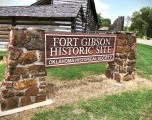

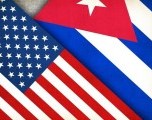
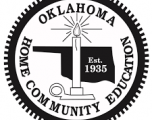









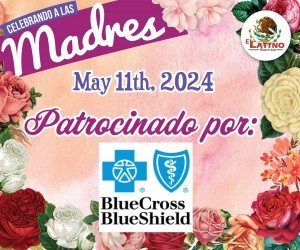


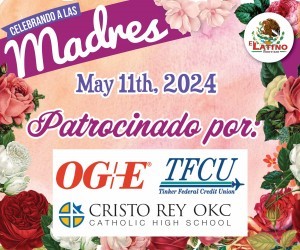
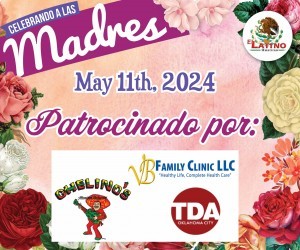


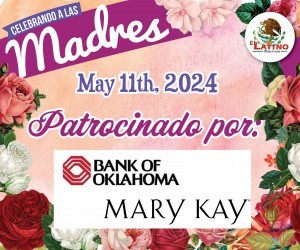



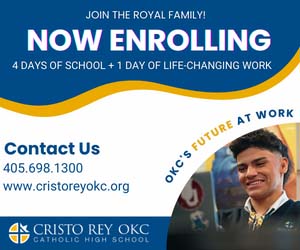





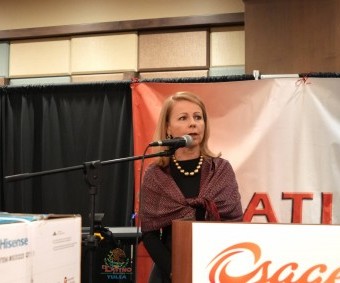
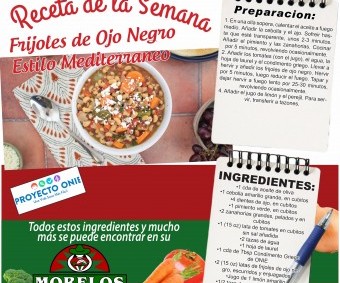
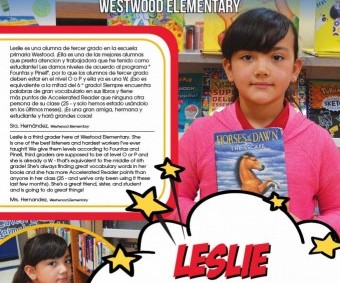







Comentar con Facebook